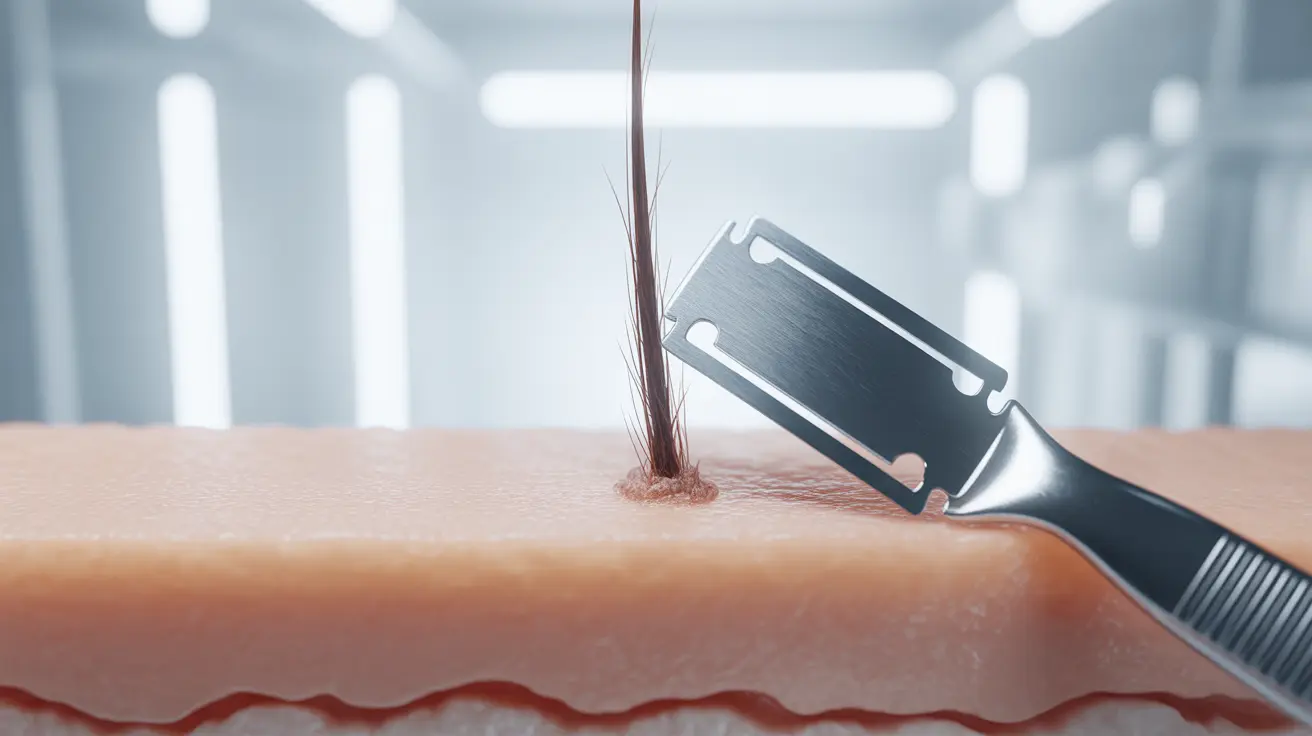If you're considering SLAP tear surgery, you're likely dealing with persistent shoulder pain and limited mobility. A Superior Labrum Anterior and Posterior (SLAP) tear can significantly impact your daily activities and athletic performance, making the decision about surgical intervention crucial. This comprehensive guide will help you understand whether SLAP tear surgery is the right choice for your situation.
Understanding SLAP Tears and Surgical Intervention
A SLAP tear affects the labrum, a ring of cartilage that helps stabilize the shoulder joint. This injury commonly occurs through repetitive overhead motions, acute trauma, or age-related degeneration. Before deciding on surgery, it's essential to understand both the condition and the surgical options available.
Evaluating the Benefits of SLAP Tear Surgery
The decision to undergo SLAP tear surgery should be based on several key factors:
Pain Relief and Function Improvement
Most patients who undergo SLAP tear surgery experience significant pain reduction and improved shoulder function. However, results can vary depending on factors such as age, activity level, and tear severity.
Athletic Performance
For athletes and physically active individuals, surgery can provide the stability needed to return to their preferred activities. However, realistic expectations about post-surgical performance levels are important.
Recovery Timeline and Rehabilitation Process
The recovery journey after SLAP tear surgery typically involves several phases:
Immediate Post-Surgery Period
- First 4-6 weeks: Limited movement and protective sling use
- Gentle passive exercises under physical therapy guidance
- Pain management and inflammation control
Progressive Rehabilitation
- Months 2-3: Increased range of motion exercises
- Months 3-4: Strengthening exercises
- Months 4-6: Sport-specific training (if applicable)
Success Rates and Risk Considerations
Understanding the potential outcomes and risks is crucial for making an informed decision:
Success Rates
Research indicates that approximately 75-85% of patients report satisfactory outcomes following SLAP tear surgery. However, success rates can vary based on individual factors and surgeon expertise.
Potential Risks
- Infection
- Stiffness
- Persistent pain
- Limited range of motion
- Need for revision surgery
Non-Surgical Treatment Options
Before proceeding with surgery, consider these conservative treatment approaches:
Physical Therapy
A structured physical therapy program can strengthen the shoulder muscles and improve stability, potentially eliminating the need for surgery in some cases.
Other Conservative Treatments
- Anti-inflammatory medications
- Activity modification
- Therapeutic exercises
- Cortisone injections
Frequently Asked Questions
Is SLAP tear surgery worth it for pain relief and shoulder function improvement?
SLAP tear surgery can be worth it for many patients, particularly those who have failed conservative treatment and experience significant pain or functional limitations. Success rates are generally good, with most patients reporting improved pain levels and better shoulder function post-surgery.
What is the typical recovery time and rehabilitation process after SLAP tear surgery?
Full recovery typically takes 4-6 months. The rehabilitation process includes initial immobilization, followed by progressive physical therapy phases focusing on range of motion, strength, and eventual return to activities.
What are the success rates and risks associated with SLAP tear surgery?
Success rates range from 75-85%, with most patients achieving good outcomes. Risks include infection, stiffness, continued pain, and potential need for additional surgery. The success rate is generally higher in younger, active patients.
How likely am I to return to sports or heavy activity after SLAP tear surgery?
Many patients can return to sports and heavy activities within 6-12 months post-surgery. The success rate for returning to pre-injury activity levels varies, with younger patients typically having better outcomes.
What nonsurgical alternatives are available for treating a SLAP tear?
Non-surgical options include physical therapy, anti-inflammatory medications, activity modification, and cortisone injections. These methods may be effective for managing symptoms in some cases, particularly for less severe tears or older patients.




